Macchi Aeronautica
Macchi C.202 Folgore
 |
|
| General information | |
|---|---|
| Type | Fighter |
| Manufacturer | Macchi Aeronautica |
| Designer | Mario Castoldi |
| Status | Out of service |
| Primary users | Regia AeronauticaAir Force of the Independent State of Croatia Luftwaffe |
| Number built | 1,150[1] |
| History | |
| Introduction date | July 1941 |
| First flight | 10 August 1940 |
| Retired | 1951 |
| Developed from | Macchi C.200 |
.
History Macchi Aeronautica
Macchi C.202 Folgore
Introduction date July 1941, First flight 10 August 1940 Retired 1951

The Macchi C.202 Folgore (Italian "thunderbolt") is an Italian fighter aircraft developed and manufactured by Macchi Aeronautica. It was operated mainly by the Regia Aeronautica (RA; Royal (Italian) Air Force) in and around the Second World War. According to aviation author David Mondey, the Folgore has been considered to be one of the best wartime fighters to serve in large numbers with the Regia Aeronautica.
Design and development

One of the most famous aircraft in Canadian history, the CF-105 Arrow never made it into operational use with the Royal Canadian Air Force although it was flown by RCAF test pilots. The CF-105 Arrow was a supersonic all-weather two-seat interceptor designed and produced by Avro Aircraft Limited in Malton, Ontario.
Design

The Macchi C.202 Folgore was developed from the earlier C.200 Saetta, the principal differences being the use of an Italian-built version of the German Daimler-Benz DB 601Aa engine and the adoption of a revised streamlined fuselage. Both the wing and fuselage structures were metal, with a single vertical tail, and a wing of relatively conventional design[] with two main spars and 23 ribs. The ailerons, elevators and rudder were metal structures with fabric covering. The trailing edge of the wing inboard of the ailerons was occupied by a pair of all metal split flaps. The undercarriage had two widely set hydraulically-actuated main legs retracting inwards into recesses in the wing; the tail wheel was non-retractable
Variants and production
Like its predecessor C.200, the C.202 had relatively few modifications, with only 116 modifications during its career, most of them invisible, externally. The total series production ordered was 1,454: 900 to Breda, 150 to SAI Ambrosini, 403 to Aermacchi. The amount produced was actually 1,106 and not 1,220 as previous stated. Breda built 649 (Series XVI deleted, Series XII and XV partially completed caused the difference); Aermacchi made 390 examples, SAI only 67.
One of the differences between prototype and series production was the lack of radio antenna and the retractable tailwheel (these differences resulting in a slightly higher top speed); the difference in speed was not so great and so, the series version had the fixed tailwheel and the radio antenna. The support for the engine, originally steel, was replaced with a lighter aluminium structure.
- C.202
- Starting with the Serie VII, the fighter had a new wing with a provision for two 7.7 mm (.303 in) Breda-SAFAT machine guns and an armored windscreen (previously, only the armored seat and the self-sealing tanks were provided). Serie IX's weight was 2,515/3,069 kg with the 7.7 machine guns seldom installed
0
KmCeiling
0
KmCombat RANGE
0
Km/hAircraft Speed
0
Max Crew
Photo Gallery
Macchi Aeronautica
Macchi C.202 Folgore Introduction date July 1941
First flight 10 August 1940 Retired 1951

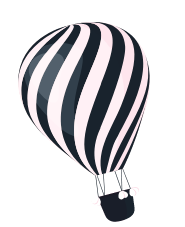
Macchi Aeronautica
Macchi C.202 Folgore
Introduction date July 1941 First flight 10 August 1940 Retired 1951
General Info
-
-
-
- Crew: 1
- Length: 8.85 m (29 ft 0 in)
- Wingspan: 10.58 m (34 ft 9 in)
- Height: 3.49 m (11 ft 5 in)
- Wing area: 16.82 m2 (181.0 sq ft)
-
-
Powerplant
-
-
- Empty weight: 2,491 kg
- Max takeoff weight: 2,930 kg
- Drop tanks: 2 × 100 L (26.4 US gal; 22.0 imp gal) drop tanks
- Powerplant: 1 × Alfa Romeo RA.1000 R.C.41-I Monsone V-12 inverted liquid-cooled piston engine, 864 kW (1,159 hp) at 2,500 rpm for takeoff
-
Performance
-
- Maximum speed: 600 km/h (370 mph, 320 kn) at 5,600 m (18,400 ft)
- Range: 765 km (475 mi, 413 nmi)
- Service ceiling: 11,500 m (37,700 ft)
- Rate of climb: 18.1 m/s (3,560 ft/min)
- Wing loading: 174.2 kg/m2
Related development
-
-
- 2 × 12.7 mm (0.500 in) Breda-SAFAT machine guns in the engine cowling, 360/400 rpg
- 2 × 7.7 mm (0.303 in) Breda-SAFAT machine guns in the wings, 500 rpg
- 2 × 50 kg (110 lb), 100 kg (220 lb) or 160 kg (350 lb) bombs
-
Links to Youtube & Others
The Arrow Mark 1 was the initial version powered by two Pratt & Whitney J75 turbojet engines that produced 23,500 pounds-force (105 kN) of thrust each. The Mk 1 was used for development and flight testing. Five were completed.
Macchi Aeronautica
Macchi C.202 Folgore
Within two months of the project cancellation, all aircraft, engines, production tooling and technical data were ordered scrapped
Youtube Link
An attempt was made to provide the completed Arrows to the National Research Council of Canada as high-speed test aircraft.



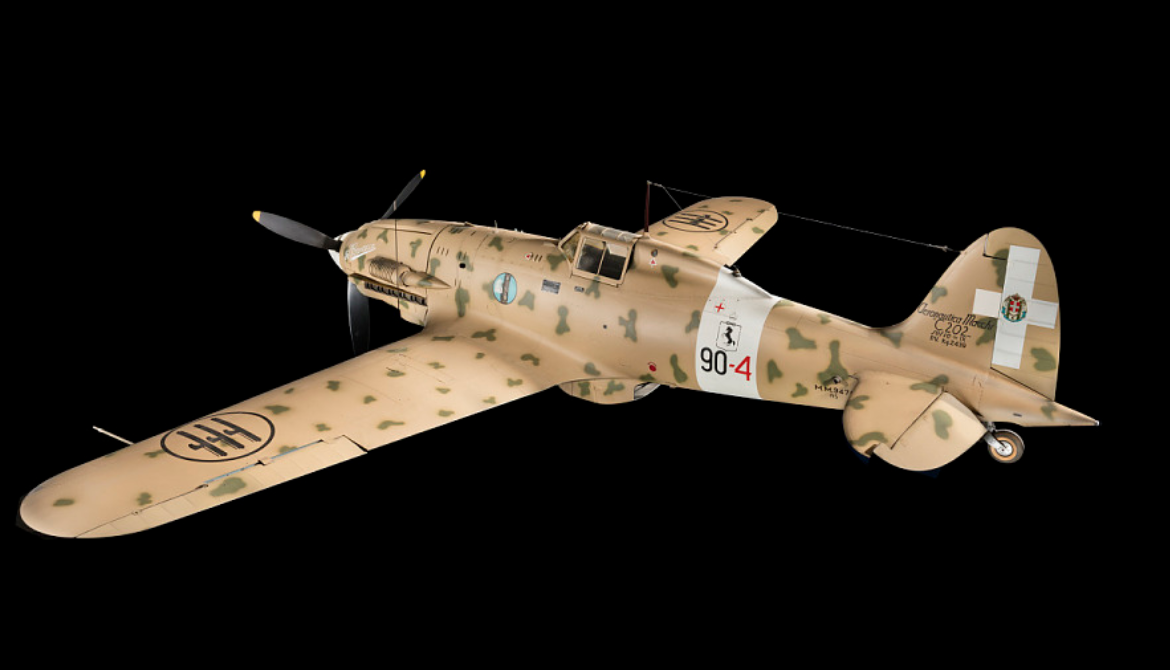

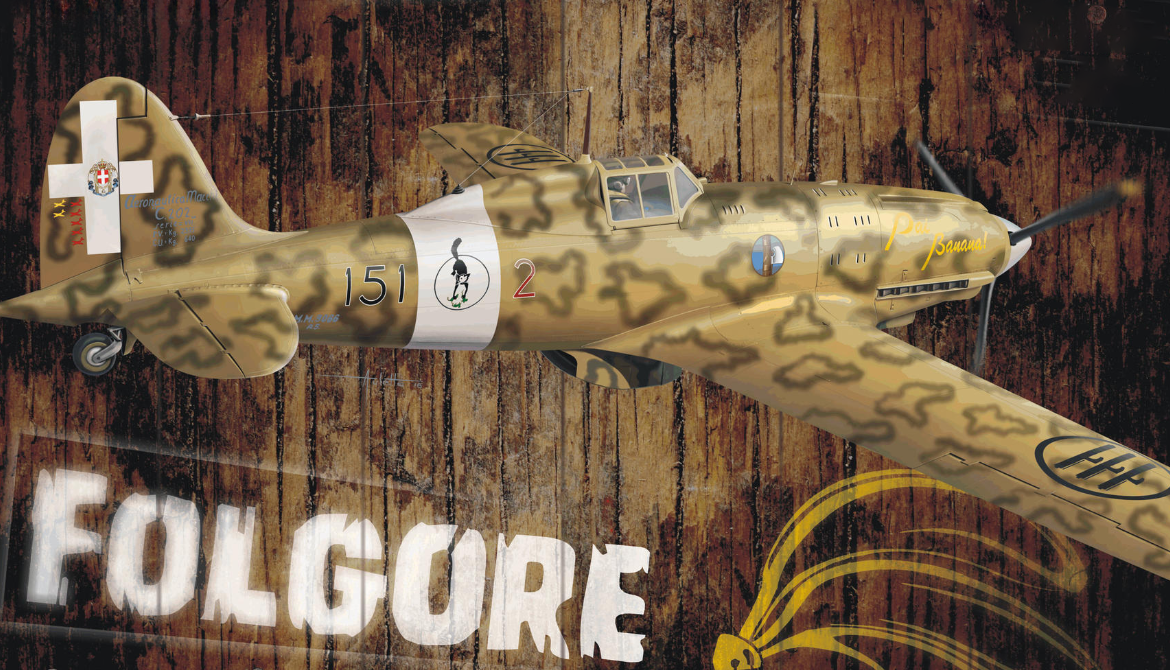


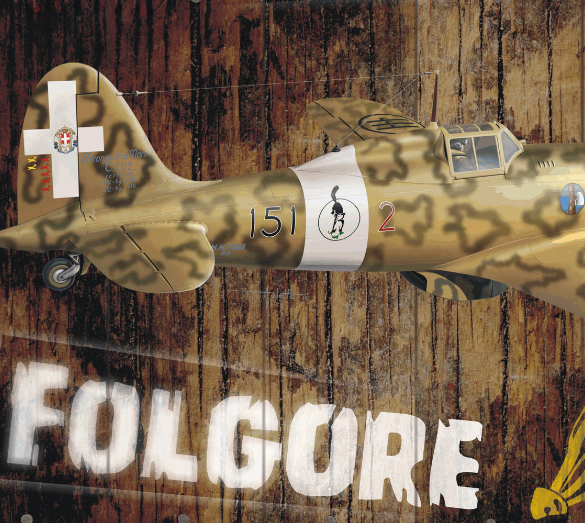
.png)

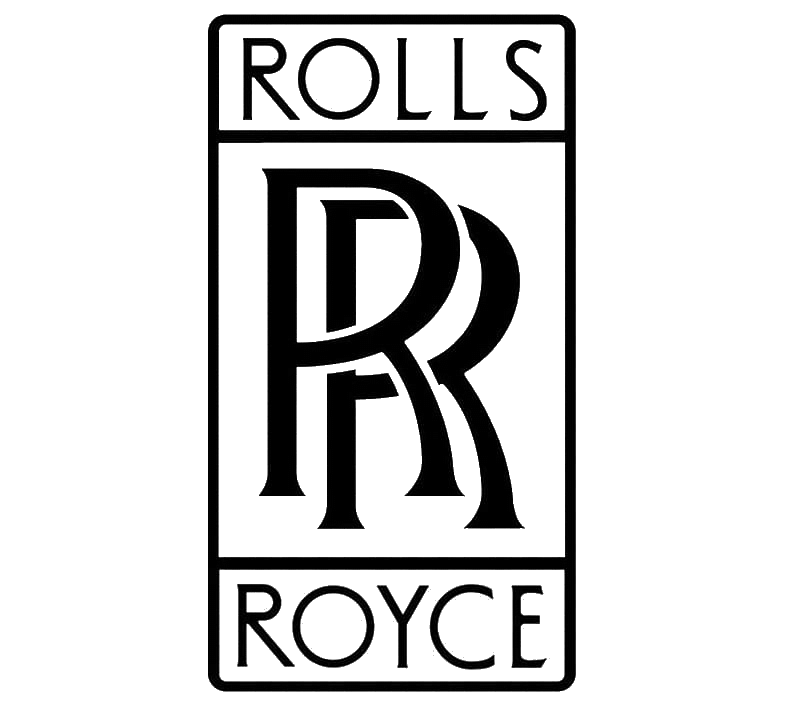

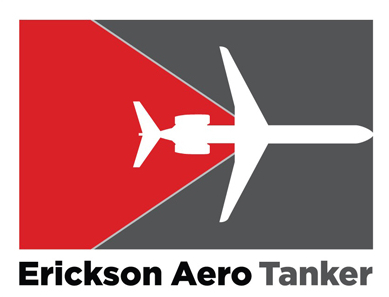
.svg.png)